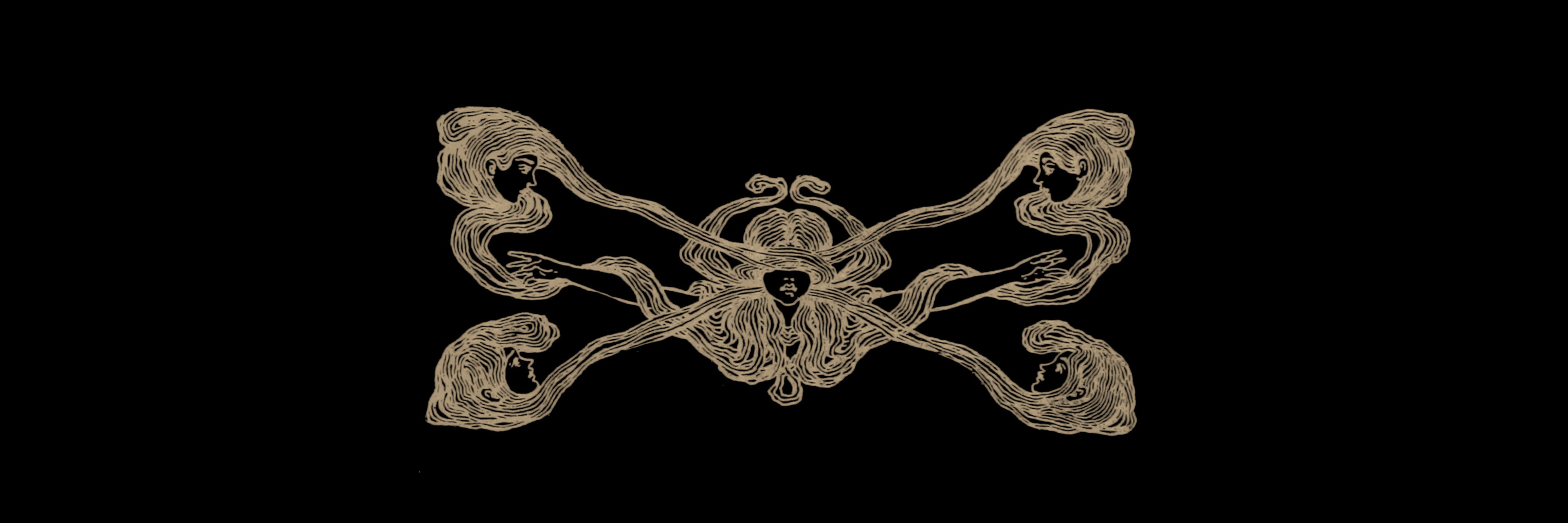Back in 2016, I began to work with cyanotypes. It was the blue color that drew me to them first. Deep, rich blues have always been my favorite, and when I found that this medium created photographs and the most beautiful blues I had seen, I was determined to experiment with them. My first cyanotypes, like many people, were direct prints of flowers and plants. To create a cyanotype, one simple lays down a light-sensitive chemical solution onto a surface, usually paper, though I now mostly use fabric, and allows it to dry. You then lay an object or a photographic negative over the surface, and then expose it to sunlight for a few minutes. The areas covered by the object or the negative remains white, while the exposed portions become a dark green, which then turns to blue once the piece is run under water, thus fixing the image. This process is actually incredibly easy, and as a person who always craved to work in a darkroom but was intimidated by a seemingly large amount of knowledge that I never could quite access, this process felt just DIY enough for me to add it consistently to my art practice. I began to make cyanotype photos with digital negatives, and really embraced the medium!

It wasn’t long after I began my cyanotype journey that I started looking into the history of the medium, and I was thrilled to find that one of the earliest adopters of the art was a woman named Anna Atkins! Anna Atkins was born in 1799 in England and had an interest in botanical studies throughout her childhood and early adulthood. She collected plants and preserved them by drying them, but when a family friend of Anna’s, John Herschel, invented the cyanotype process, Anna appropriated it to help her preserve her botanical samples. By laying her samples onto the light-sensitive paper, she made an entire collection of over 400 prints of British algae, which she turned into the first-ever photo book and for this, she been called the first female photographer. Her prints are a joy to look at: they are crisp and precise, and allow for the plants samples to ramble over the paper.

Once I discovered Anna Atkins, I felt the urge to create something to honor her. I had the feeling that I would take cyanotyping into my textile and clothing work, and I wanted the first piece I made to be one in dialogue with her. So in September of 2017, I gathered up plants from my yard and created a tulle skirt embellished with cyanotype prints of my favorite botanical samples. To this day, it’s one of my favorite things I’ve created.

One of my other favorite projects that I’ve created with cyanotype is a series called St. Veronica, in which I took the idea of the “true image” that Veronica’s name denotes and made prints of myself as her on fabric. St. Veronica is said to have been present at Christ’s crucifixion, and when she handed him a veil, he wiped his face on it and his image was left upon it. Veronica has become the patron saint of photographers, and I was very interested in this idea of a direct image coming from the contact between two objects. I made images of myself as the saint, and of her veil printed on fabric.
Cyanotypes for me are pure magic. The color and the shapes I can create are exciting, but it’s really the process that feels so alchemical. The sunlight meets water and these two forces together fix an image to a surface. I just love it.

